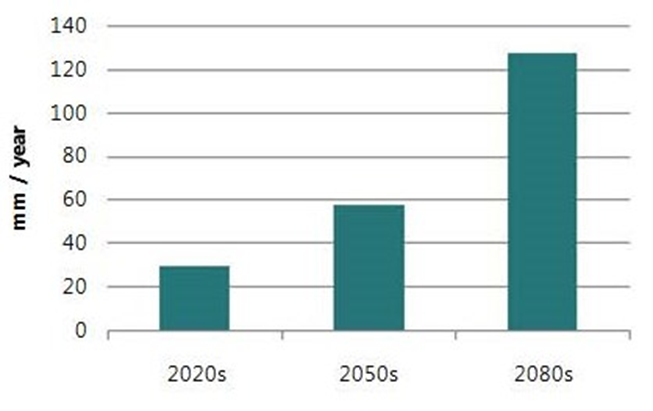
Climate change presents a challenge to Canadian communities by altering traditional climate patterns such as temperature and precipitation. For coastal communities such as Gibsons, sea level rise is also a major concern.
Climate modellers have developed regional climate models in order to provide locally specific data. Gibsons is located in what is described in Canadian models as the “B.C. South Coast” or “West Vancouver” region. Over the past several decades, temperatures and precipitation here have been slowly increasing and this trend is expected to continue.
The average annual temperature is expected to increase by approximately 1.6 C through the 2020s, 2.5 C in the 2050s and 3.9 C by the 2080s. This increase will be most marked in the winter, suggesting that heating costs and ice-related accidents may be reduced. However, this trend also suggests that less precipitation may be able to be stored as snow, resulting in increased winter runoff.
Available Rebates for Homeowners
The Town of Gibsons encourages residents and business owners to do their part in reducing GHG emissions as well. To encourage upgrades to energy sources, a variety of rebates are available via BC Hydro.
- If your home is electrically heated, visit www.bchydro.com/homerebates
- To learn about the Product Incentive Program for BC Hydro commercial customers, visit www.bchydro.com/incentives
Additional Resources
Released September 13, 2019: Adapt Now: A Global Call for Leadership On Climate Resilience. Designed to inspire among decision-makers, this report focuses on making the case for climate adaptation, providing insights and recommendations in key sectors.
While emissions’ reductions are currently at the centre of the climate change discussions, the critical role of the oceans and ocean ecosystems has been vastly overlooked. Learn more in this report from the United Nations Environment Programme: Blue Carbon – The Role of Healthy Oceans in Binding Carbon

